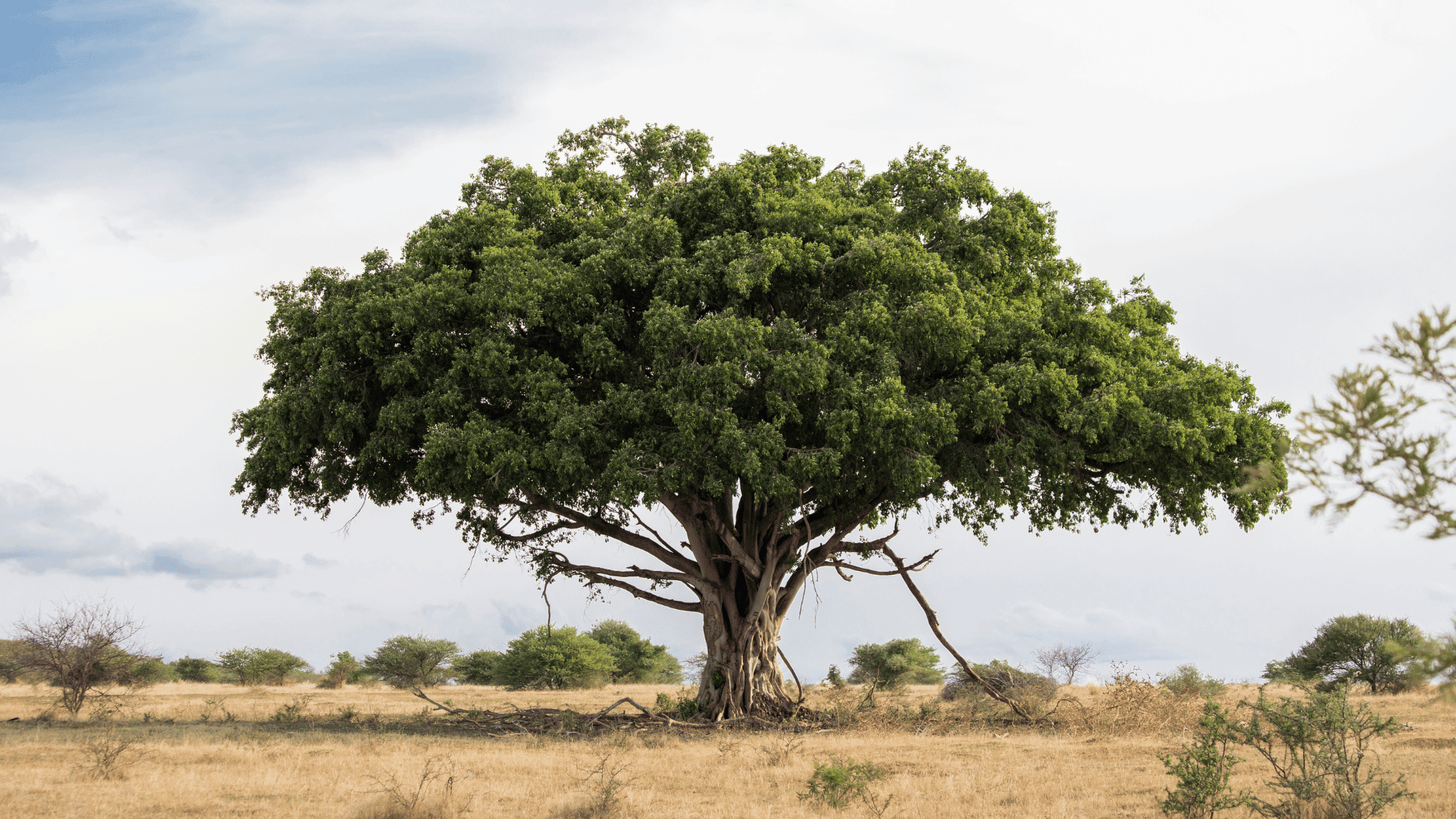In addition to their carbon-absorbing powers, some species of fig trees in Kenya can convert CO2 into stone. Researchers believe this ability could help combat CO2 emissions.
Turning CO2 Into Stone

The new research is being presented at the Goldschmidt geochemistry conference in Prague. The study promotes CO2 sequestration as fig trees store CO2 as “rocks” in the surrounding soil.
According to Discover Magazine, certain trees can use CO2 to create calcium oxalate crystals, the first step in a process called the oxalate carbonate pathway. When parts of these trees decay, fungi and microbial communities turn the crystals into calcium carbonate, the primary ingredient that makes up limestone and chalk.
When the carbon is turned into calcium carbonate, it raises the soil pH around the tree. This form of inorganic carbon could help with CO2 sequestration because it lasts longer in soil than organic carbon.
After examining three species of fig trees grown in Kenya, researchers found that calcium carbonate was forming on the exterior of the tree trunks and deeper within the wood.
“As the calcium carbonate is formed, the soil around the tree becomes more alkaline,” said Mike Rowley, a biogeochemist at the University of Zurich who will be presenting the research, in a press statement. “The calcium carbonate is formed both on the surface of the tree and within the wood structures, likely as microorganisms decompose crystals on the surface and also penetrate deeper into the tree. It shows that inorganic carbon is being sequestered more deeply within the wood than we previously realized.”
One of the fig tree species, Ficus wakefieldii, was particularly effective at sequestering C02. The researchers plan to conduct further tests to determine how well this tree can store CO2 in different environments.
Researchers believe there is a lot of underutilized potential for inorganic carbon sequestration and that planting more fig trees could help combat rising CO2 emissions.”







